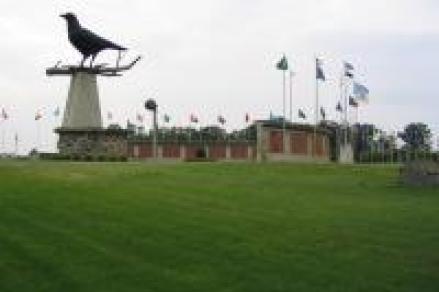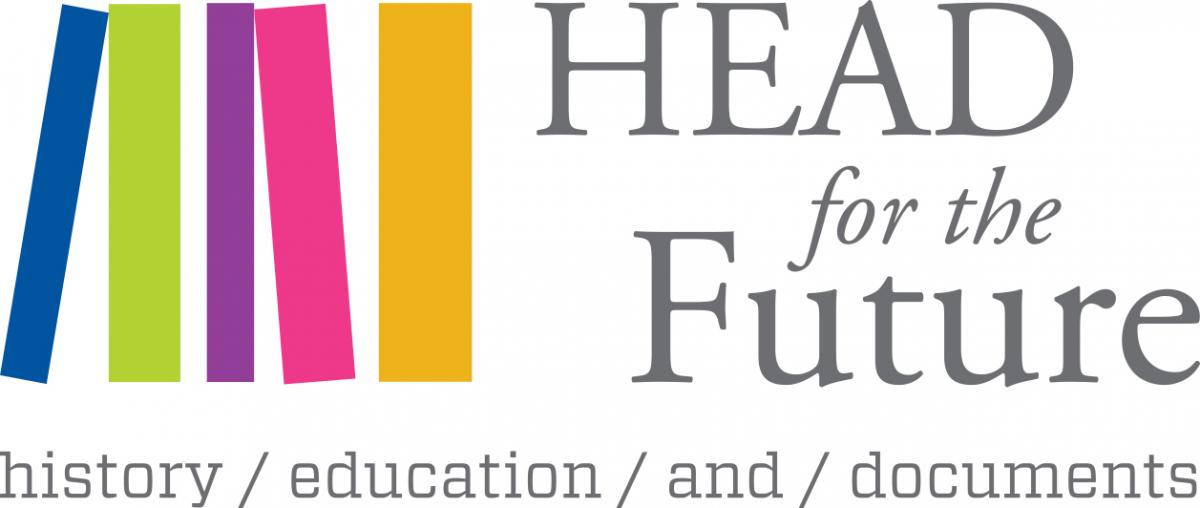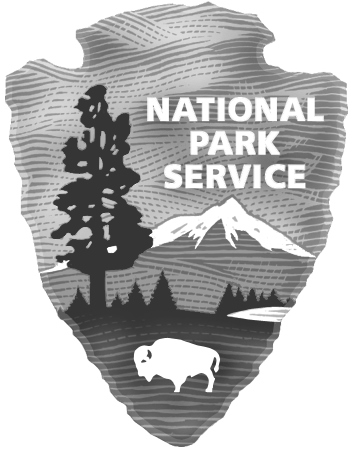The following lesson has students explore the rich history in our town through close examination of a local landmark. By using a variety of resources, students will be able to see how history has provided us with the landscape that we live in today.
Discovering our History using "The World's Largest Crow."
Discovering our History using "The World's Largest Crow."

Location
Type of Landmark
Topics
Learning Objectives
- Define Landmark by participating in a group discussion.
- Use primary sources to find information on Chief Little Crow.
- Create an argument for or against the WLC as a representation of our history by using all previous research and discussions to develop their own point of view on the subject.
- Create a design/model for a different or new landmark that may have been a better choice for telling the story of our area.
- Write an informational speech on their model.
Materials
Prezi on history of World’s Largest Crow
Padlet Wall, Smartboard OR Chalkboard.
Suggested Instructional Procedures
Day 1 - Discover the History
Materials needed: Prezi on history of World’s Largest Crow
Vocabulary addressed: Landmark, Freedom, Chief Little Crow
1) Put up on board/ipads/smartboard the following question (Question 1)- What makes something a landmark?
Place students answers up on board or have them submit answers onto a padlet.
Move students into thinking about how many landmarks represent freedom.
2) Ask (Question 2) What has been your favorite landmark that you have visited? What made it your favorite? What did it make you feel or think?
Place students answers up on board or have them submit answers onto a padlet.
3) Ask (Question 3) Why do we have landmarks? Use this question as a wrap up to the discussion - go over most of the previous answers - or have students add more to their list.
4) Put picture up of our landmark- the World’s Largest Crow (WLC) - page one of Prezi. Use Prezi to give history of the WLC.
5) After learning about the history - ask (Question 4) - What do you think of the crow as our landmark? Does it fit all of your previous requirements?
6) Ask (Question 5) - What new questions do you have now knowing the history?
7) Move students into Chief Little Crow discussion/questions.
Day 2 - Primary Source Document Discovery
Materials needed: Primary Sources and Information finder worksheet.
Vocabulary addressed: Primary Source, Freedom of Press
1) Group students so that each group will have a primary source.
2) Have students fill out corresponding information finder worksheet.
3) Rotate primary sources.
4) Have each group report to the rest of the group on one of the primary sources.
5) Ask (Question 1) After finding out more on the history of Chief Little Crow, Minnesota Centennial, Immigrants - what new questions does this lead us to ask?
6) Lead students into a discussion on our own landmark.
Ask (Question 2) Why do you think that neither a Native American nor an immigrant were used as our landmark?
7) Lead students into discussion on our freedoms compared to Native American freedoms.
Day 3 - Freedom of Speech
Materials needed: Rubric for persuasive essay
Vocabulary addressed: Freedom of Speech, Bill of Rights, argue, persuade,
- Ask (Question 1) What does it mean to have freedom of speech?
- Discuss how we have been given the freedom of speech through our Bill of Rights.
- Ask (Question 2) What does it mean to argue? to persuade?
- Discuss how today students will be arguing/persuading others in favor of or against our landmark the WLC.
- If students are for the WLC - give example of why they believe the crow is a good pick. Use other examples of good landmarks to compare their qualities.
- If students are against the WLC - give example and reasons why they do not believe the crow is a good pick. Use other landmarks that are good examples to help reinforce what you believe is wrong with having the crow as our landmark.
Days 5,6 and 7- Freedom of Choice
Materials needed: Rubric for final assessment
Vocabulary addressed: Freedom of Choice, model, description
1) Ask (Question 1) What does it mean to have freedom of choice?
2) Review what makes something a good landmark.
(Question 2) What are things a landmark should represent? have? make people feel?
(Question 3) Ask yourself - What do YOU think would be your choice for a good landmark to represent this area?
3) Review the meaning of a model - something that is a representation of something else.
Have students create a model (whatever form they choose - drawing, clay, computer image, etc.) of a landmark that they think better represents the area.
4) Review with students the meaning of a description - written words that help tell a better story about an object.
Have students write a one paragraph description about their model. Be able to explain why they picked the design they did. Explain any of the symbols represented in the model. Use several supporting details and facts to justify their decision.
5) Present models and descriptions for assessment.
Vocabulary
Landmark: A distinguishing feature of a landscape.
Freedom: The ability to do whatever one wants, without fear of repression or censorship.
Chief Little Crow: A chief of the Mdewakanton Dakota people, notable for his role in treaty negotiations in which he agreed to move his people to a reservation near the Minnesota River in exchange for goods and rights. However he was forced to pursue war against the U.S. after they reneged on the promises of the treaty.
Primary Source: An account by a person who witnessed an event in the past.
Freedom of Press: The ability of the press to report and print any story they wish without fear of government repression or censorship.
Freedom of Speech: The ability to express an opinion without fear of government repression or censorship.
Bill of Rights: The first ten amendments to the U.S. Constituion, forming the basis for many U.S. civil rights and liberties.
Argue: To give reasons for or against something.
Persuade: To cause someone to do something by asking, arguing, or giving reasons.
Freedom of Choice: The ability to do anything one wants, as long as these actions do not cause irreperable harm to others, without fear of government repression or censorship.
Model: A set of ideas that describe the past, present, or future state of something.
Description: A set of details used to identify something or someone.
End of Lesson Assessment
The argument paper and the model and description can both be turned in for assessment. See Rubrics above for grading guidelines.
Subject
Grade Level
Duration of Lesson
Standards/Eligible Content
Common Core Standards
Author
Sarah MacDonald, Middle School Teacher, Minnesota.
Funders/Sponsors
Cultures of Independence has been made possible in part by a major grant from the National Endowment for the Humanities: Celebrating 50 Years of Excellence
Any views, findings, conclusions, or recommendations expressed in this website or during the institutes, do not necessarily represent those of the National Endowment for the Humanities.
Additional funding is being provided by Wells Fargo through HEAD for the Future, its partnership with HSP, and by Independence National Historical Park.


Attention Teachers!
Let us know how you used this plan and be featured on our site! Submit your story here.
